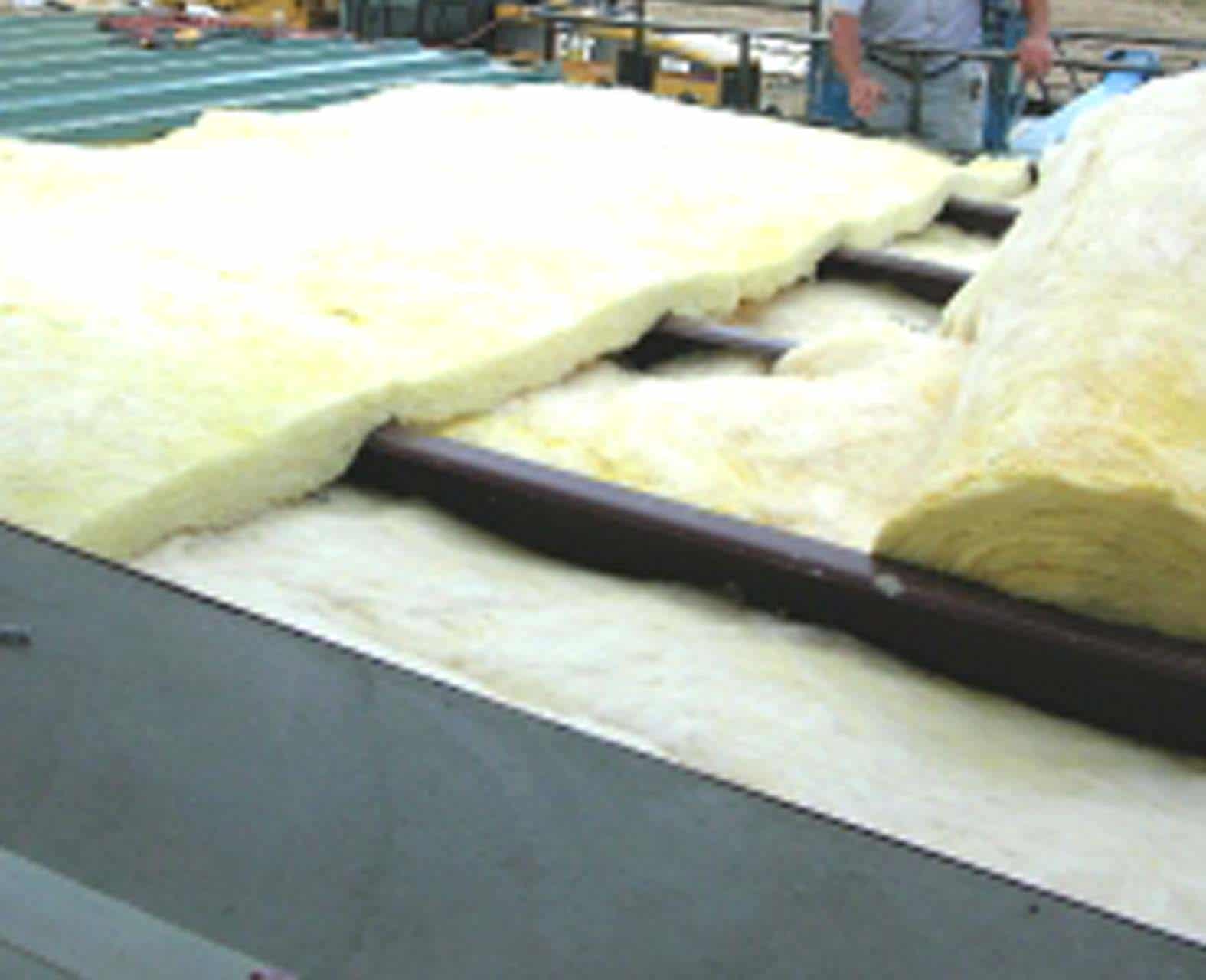When it comes to insulating your home, making the right choice is essential. A well-insulated home not only ensures comfort but also contributes to energy efficiency and cost savings. Among the various insulation materials available, fiberglass insulation stands as one of the most popular options. However, it’s crucial to assess how fiberglass insulation compares to other types in terms of performance to make an informed decision. In this article, we will delve into the key factors that differentiate fiberglass insulation from other insulation materials, exploring their respective strengths and weaknesses.
- Thermal Performance
Fiberglass Insulation: Fiberglass is highly regarded for its excellent thermal performance. It effectively reduces heat transfer and maintains a consistent indoor temperature. It has a high R-value (a measure of thermal resistance) and can be an ideal choice for both residential and commercial applications.
Comparison: When compared to other common insulation materials, such as cellulose and foam boards, fiberglass typically has a competitive or superior R-value. This means it can provide better thermal insulation and help reduce energy consumption and heating or cooling costs.
- Installation
Fiberglass Insulation: Installing fiberglass insulation is relatively straightforward, making it a popular choice among both professional contractors and DIY enthusiasts. It is available in rolls, batts, and loose-fill forms, allowing for flexible installation methods.
Comparison: While fiberglass insulation is user-friendly, other insulation materials like spray foam require professional installation due to their complex application techniques. This can result in higher installation costs for foam insulation.
Fiberglass Insulation: One of the most significant advantages of fiberglass insulation is its cost-effectiveness. It is an affordable insulation material that provides good value for its performance. This makes it an attractive option for budget-conscious homeowners.
Comparison: Some insulation materials, like spray foam, can be considerably more expensive both in terms of material and installation costs. While they may offer higher R-values, the return on investment can take longer to realize.
- Fire Safety
Fiberglass Insulation: Fiberglass insulation is non-combustible and does not pose a fire hazard. It is often used in areas where fire safety is a concern, such as around furnaces or heating ducts.
Comparison: In contrast, other insulation materials, like cellulose, may be treated with fire retardants to improve fire resistance. While they can be made safer, the treatment process can add to the cost and environmental impact.
- Environmental Impact
Fiberglass Insulation: Fiberglass insulation is made from sand and recycled glass, making it an environmentally friendly choice. It is non-toxic and non-allergenic, making it a safe option for homeowners.
Comparison: Some insulation materials, such as foam boards, may contain chemicals that can be harmful to the environment. Additionally, the manufacturing processes for these materials can have a higher carbon footprint.
- Moisture Resistance
Fiberglass Insulation: Fiberglass insulation is not particularly resistant to moisture. When exposed to water or high humidity, it can lose its insulating properties and may need to be replaced.
Comparison: Other materials, like closed-cell spray foam, are highly resistant to moisture and can even act as a vapor barrier, making them suitable for areas prone to water infiltration.
- Sound Insulation
Fiberglass Insulation: Fiberglass is effective at reducing sound transmission, making it a good choice for insulating against both heat and noise.
Comparison: Other insulation materials, like cellulose, can also provide soundproofing benefits, but fiberglass is known for its balanced performance in both thermal and acoustic insulation.
The choice between fiberglass insulation and other types of insulation depends on your specific needs and priorities. Fiberglass insulation offers excellent thermal performance, cost-efficiency, and environmental friendliness. It is a versatile option that can be installed with ease. However, it may not be the best choice in areas prone to moisture or for those who prioritize sound insulation above all else.
Before making a decision, consider your unique requirements and consult with a professional insulation contractor to determine the best material for your project. Ultimately, the performance of insulation is not a one-size-fits-all scenario, and understanding the pros and cons of each material is crucial in creating a well-insulated and comfortable living space.

